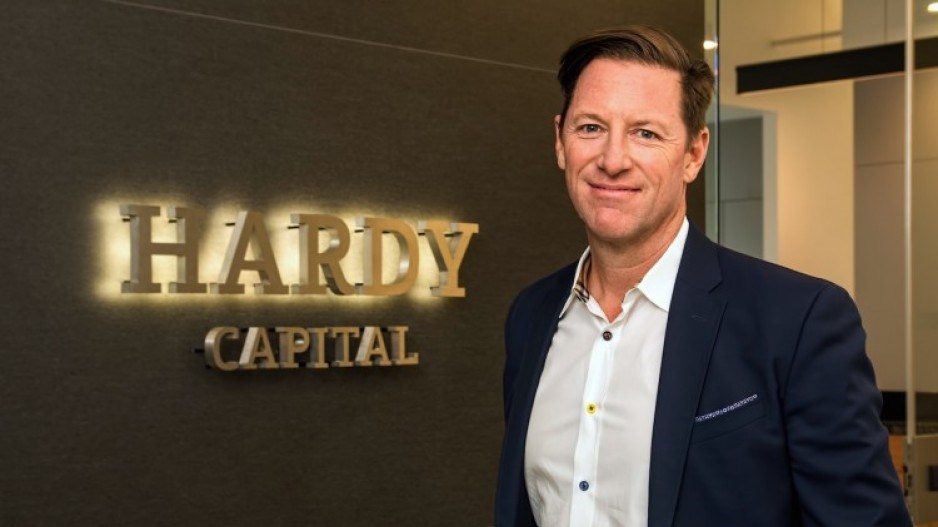Vancouver entrepreneur Roger Hardy is one of the many ultra-rich technology investors backing the humanoid robot venture Figure AI.
“I put over US$3 million into this deal,” Hardy told BIV.
that Amazon.com founder Jeff Bezos and large technology companies, such as Nvidia (Nasdaq:NVDA), had pumped approximately US$675 million into the new venture, in a funding round that valued the company at about US$2 billion.
Others financing Figure AI include ChatGPT-maker OpenAI, and its main investor, Microsoft Corp. (Nasdaq:MSFT).
LG Innotek, Parkway Venture Capital and Align Ventures are other investors backing the project.
Hardy built Coastal Contacts Inc. into an online eyewear behemoth and for $430 million in 2014.
Hardy and family members owned about 20 per cent of Coastal Contacts’ shares when it was sold, Hardy told BIV at the time.
(TSX:KITS), where he is now CEO. His Hardy Capital has invested in a range of technology, real estate and other projects.
Hardy told BIV that KITS sponsored tennis star Vasek Pospisil, who connected him with people at Parkway Venture Capital.
“I became an investor [in Figure AI] a year ago and then had a larger participation into this round,” he said. “This is a 40-trillion-dollar category when you merge robots with AI.”
On LinkedIn earlier today, Hardy said
His post included a link to a post from Figure AI founder Brett Adcock, where Adcock included a video showing a humanoid robot lifting plastic boxes and putting a coffee pod into a coffee machine to make coffee.
Figure AI has created a robot that it calls Figure 01, which resembles and moves like a human being.
The human form is desirable for robots because factories and workplaces are designed for humans. The concept behind humanoid robots is that they will eventually be able to perform manual labour and tasks that humans currently complete.
Other technology titans, such as Tesla Inc. (Nasdaq:TSLA) co-founder and CEO Elon Musk, have been developing competing humanoid robots. Tesla has what it calls its Tesla Optimus lab, which is developing robots named Optimus.
“What we’re aiming for is for the humanoid robots to do jobs that people don’t voluntarily want to do,” .
“If it’s dangerous, boring or has potential for repetitive stress injuries – that kind of thing – then that’s really where humanoid robots would add the most value."

